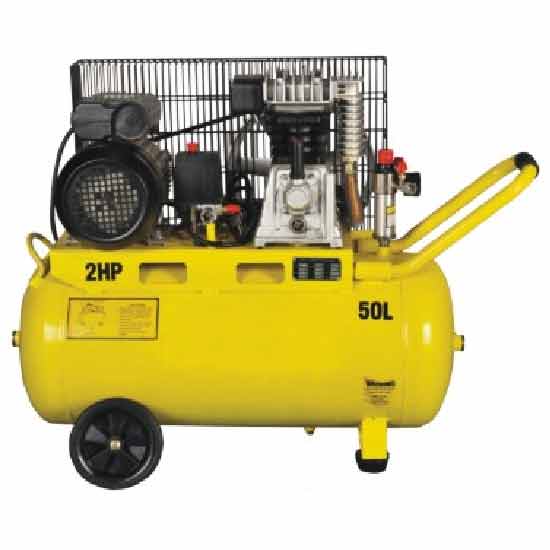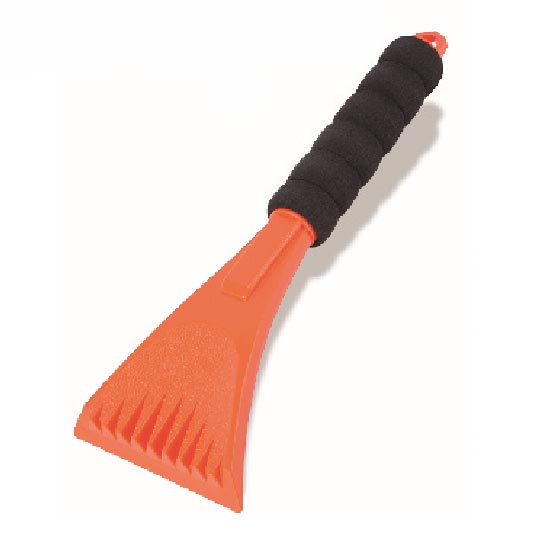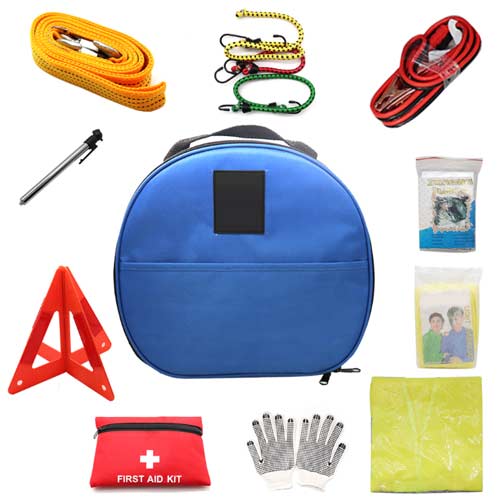A sandblasting pot, also known as a blast pot or sandblasting machine, is a vital component in the sandblasting process, used to clean, smooth, or etch surfaces by propelling abrasive media at high speeds. The pot operates by pressurizing abrasive particles, such as sand, glass beads, or other materials, and directing them through a nozzle to impact a surface, removing contaminants or creating a desired texture. Understanding how a sandblasting pot works is essential for achieving efficient and safe results, whether for industrial cleaning, surface preparation, or artistic projects.
A sandblasting pot is composed of several key parts, each with a specific function:
1. Blast Pot: This main tank or vessel holds the abrasive material. It’s pressurized to release the abrasive media with consistent force.
2. Air Compressor: Provides the pressurized air required to propel the abrasive media. The power and pressure of the air compressor impact the blasting intensity.
3. Abrasive Metering Valve: Controls the flow of abrasive material from the pot to the blasting hose, allowing the user to adjust the amount of abrasive being released.
4. Blasting Hose and Nozzle: The hose directs the abrasive media from the pot to the surface being treated, and the nozzle controls the velocity and dispersion of the abrasive stream.
5. Deadman Switch: This safety device allows the operator to start or stop the blasting process instantly by pressing or releasing the switch.
The sandblasting process relies on pressurized air and abrasive media to achieve the desired surface finish. Here’s a step-by-step explanation of how a sandblasting pot works:
The sandblasting process begins by filling the blast pot with the chosen abrasive material. Common options include silica sand, steel grit, aluminum oxide, and glass beads, each suited for different types of surfaces and finishes. The pot is typically filled with a dry abrasive to prevent clumping and ensure smooth operation.
Tip: Be sure to choose the appropriate abrasive for the surface you’re working on to avoid unintended damage.
Once the pot is filled, the air compressor is activated to pressurize the pot. This creates a controlled environment where the abrasive material is primed for high-speed ejection. The pressure level is carefully adjusted based on the material of the surface, the abrasive media, and the desired outcome.
Tip: Check the pot and air compressor connections to ensure there are no air leaks, which could reduce efficiency.
The abrasive metering valve controls the amount of abrasive material released into the air stream. By adjusting this valve, operators can regulate the abrasive flow rate to achieve a more delicate or aggressive blast, depending on the surface requirements. Higher flow rates increase the impact but also consume abrasive material faster.
With the abrasive flow controlled, the mixture of air and abrasive media travels through the blasting hose to the nozzle, where the abrasive stream is directed toward the surface. The nozzle’s design and size play a significant role in determining the blast pattern and intensity:
Narrow Nozzles: Offer a concentrated, powerful blast for removing heavy contaminants.
Wide Nozzles: Create a broader spray pattern for more delicate or widespread surface work.
The deadman switch, held by the operator, is pressed to start the flow of abrasive media and released to stop it. This safety feature allows the operator to instantly control the blasting process, providing both convenience and protection. When the switch is released, the airflow stops, preventing accidental damage or wasted abrasive material.
After sandblasting, the abrasive material and removed contaminants fall to the ground, creating debris. Some sandblasting setups include a recovery system that collects and recycles the abrasive for reuse. Others may require manual cleanup. For projects requiring a clean, controlled workspace, using a blast cabinet or vacuum system may be ideal.
To achieve the best results with a sandblasting pot, keep these essential tips in mind:
1. Choose the Right Abrasive Material
Select an abrasive material compatible with your surface to avoid unintentional damage. Softer surfaces, like wood, need gentler abrasives, while harder materials, like steel, can handle more aggressive media.
2. Adjust the Air Pressure Appropriately
Too much pressure can damage sensitive surfaces, while too little pressure won’t remove contaminants effectively. Always test your pressure settings on a sample surface to ensure the best outcome.
3. Use Proper Safety Equipment
Always wear protective gear, such as respirators, goggles, and gloves, to shield yourself from abrasive particles and dust during blasting.
4. Check and Maintain Equipment Regularly
Inspect the sandblasting pot, hoses, and valves for wear and tear before use. Replacing worn parts can prevent leaks and improve efficiency.
5. Experiment with Nozzle Angles
The angle of the nozzle can affect how the abrasive impacts the surface. Experiment with different angles to achieve the desired effect, especially when working with intricate surfaces.
6. Monitor Abrasive Flow Rate
Regulate the abrasive flow for better control, reduced wastage, and optimized performance. Adjust the metering valve as necessary to suit each phase of the project.
7. Practice Good Cleanup Habits
After finishing, clean up debris promptly to maintain a safe work area and prepare for the next use. Reclaim and store any reusable abrasive material to save costs.
Q: Can sandblasting damage surfaces?
Yes, if the wrong abrasive or excessive pressure is used, sandblasting can damage surfaces. Always match the abrasive and pressure to the surface material for safe and effective results.
Q: How often should I replace the abrasive in the pot?
It depends on the abrasive type and project requirements. Some abrasives can be recycled several times, while others should be replaced more frequently for optimal performance.
Q: Can I use a sandblasting pot indoors?
Yes, but you must ensure proper ventilation and use a blast cabinet or dust collection system to manage airborne particles and debris.
Understanding how a sandblasting pot works and following these pro tips can help you achieve professional, high-quality results, whether you're using it for industrial purposes or a DIY project. With proper technique, maintenance, and safety precautions, sandblasting can transform surfaces quickly and effectively.
 Tool seat
Tool seat
 Stretch Cord
Stretch Cord
 Oil Pump
Oil Pump
 Sandblast Pot
Sandblast Pot
 2.25 Ton Hydraulic Floor Jack
2.25 Ton Hydraulic Floor Jack
 Magnetic Tray With Tool Plate
Magnetic Tray With Tool Plate
 Single-stage Air-cool Movable Air Compressor
Single-stage Air-cool Movable Air Compressor
 10W Rechargeable Led Flood Light
10W Rechargeable Led Flood Light
 Ice Scraper
Ice Scraper
 Small Multimeter with Backlight
Small Multimeter with Backlight
 Jump Starter With 4 Led Lights
Jump Starter With 4 Led Lights
 Steel Tool Cabinet
Steel Tool Cabinet
 Large Tool Cabinet
Large Tool Cabinet
 Tool Storage Cabinet
Tool Storage Cabinet
 Metal Tool Box
Metal Tool Box
 Large Metal Tool Storage Box
Large Metal Tool Storage Box
 Blue Metal Tool Cabinet
Blue Metal Tool Cabinet
 Red Steel Tool Trolley
Red Steel Tool Trolley
 Portable Tire Inflator
Portable Tire Inflator
 Custom Tire Inflator
Custom Tire Inflator
 Tire Pressure Pump
Tire Pressure Pump
 Auto Emergency kit
Auto Emergency kit